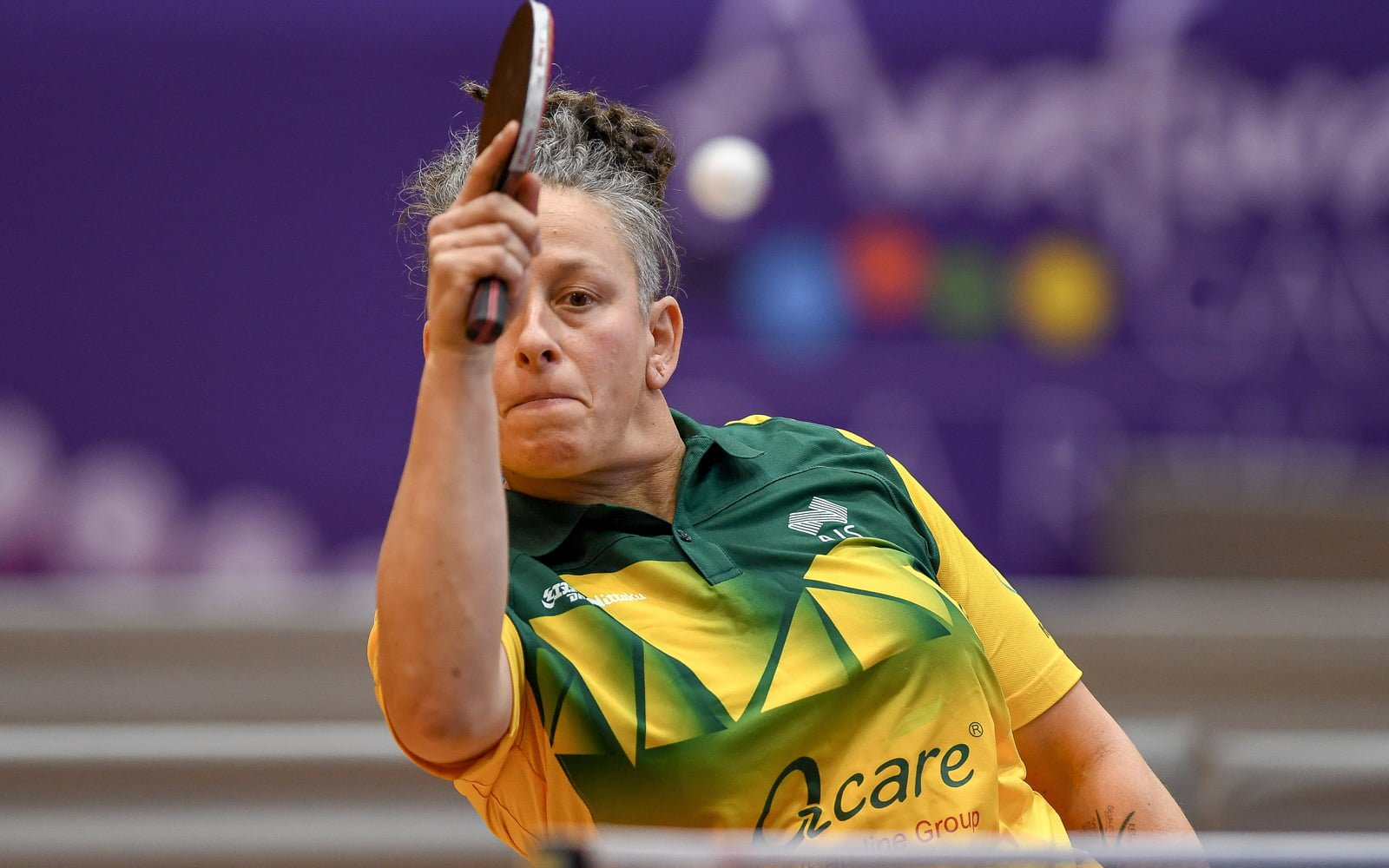The Australian Institute of Sport (AIS) is providing sports and athletes with greater certainty further into the future, committing in advance more than $115 million to Olympic, Paralympic and Commonwealth Games sports for the 2021-22 financial year.
The AIS will increase direct investment into Paralympic sport by more than $3million in 2021-22 and will extend the vast majority of current funding levels for able-bodied sports through to the end of June 2022.
Australian Sports Commission (ASC) Chair John Wylie said: “This gives sports funding clarity for the postponed Tokyo 2020 Olympics and Paralympics, the 2022 Winter Olympics and Paralympics and the 2022 Commonwealth Games. It is also a springboard towards Paris 2024.
“We are particularly pleased to also announce an increase of $3.02 million funding to Paralympic sports, which will benefit 13 sporting programs. Since 2012, the ASC has increased funding to Paralympic sports by 40 per cent. Paralympic sports in Australia now receive an equal or greater share of AIS funding on a comparable basis to other major Olympic and Paralympic nations. We are truly delighted this is the case. These are merit-based investments reflecting the achievements of our Paralympic athletes, but they are also further recognition of how they inspire our nation,” Mr Wylie said.
ASC Commissioner and Paralympic champion Kurt Fearnley said the funding announcement was vital for the future recognition and growth of Paralympic sport.
“It is 20 years since the Sydney 2000 Paralympics, which helped create an incredible legacy for Paralympic sport in Australia. We’ve worked hard to maintain that culture of success and the requirement to be a Paralympic athlete now means you need your heart, soul and life committed to that sport. So we’re investing and creating new pathways to ensure we keep our reputation as one of the strongest Para-sport communities in the world,” Mr Fearnley said.
“A key feature of this Paralympic funding is that it’s being directed straight to National Sporting Organisations so that sports can take real ownership in developing their Paralympic programs. That’s important to ensure we raise the prominence of Paralympic programs right across Australian sport.”
AIS CEO Peter Conde said the overall funding decisions achieve the right balance between providing sports with longer-term certainty but also providing flexibility for performance-based changes in the lead-up to Paris 2024.
“We’re in a unique situation where this current Games cycle has extended to five years, so we will only have three years between Tokyo and Paris” Mr Conde said.
“The AIS will continue discussions with sports with the aim of announcing the remainder of funding for the complete Paris cycle by December 2021.
“In the meantime, by giving sports high performance funding certainty through to June 2022, we are giving sports and athletes the best possible chance to succeed on the world stage at major upcoming international events.
“It’s good news in particular for Commonwealth Games sports looking ahead to Birmingham 2022.
“In addition to this funding announcement, the AIS also invests more than $18m a year in direct grants to sports through pathway funding for emerging young athletes and athlete wellbeing, while we provide more than $14m a year in direct grants to athletes to support their training and competition.”
Mr Wylie said: “With sport investment funding, pathway programs and athlete income assistance, the ASC is directly investing $147 million in Australian high performance sport this financial year, up 37 per cent from the $107 million in 2012. The ASC is very proud to have driven such a substantial increase in AIS investment in sport.
“This would not have been possible without the steadfast support of the Australian Government, and on behalf of all Australian athletes and sports lovers, we thank them for it.”
The 13 Paralympic programs receiving an increase in funding are: Archery; Athletics; Basketball; Bowls; Cycling; Paddle; Equestrian; Rowing; Rugby; Triathlon; Table Tennis; Shooting; and Swimming.
By: Australian Institute of Sport
Posted: 28 October 2020


 Join AUS Squad
Join AUS Squad
